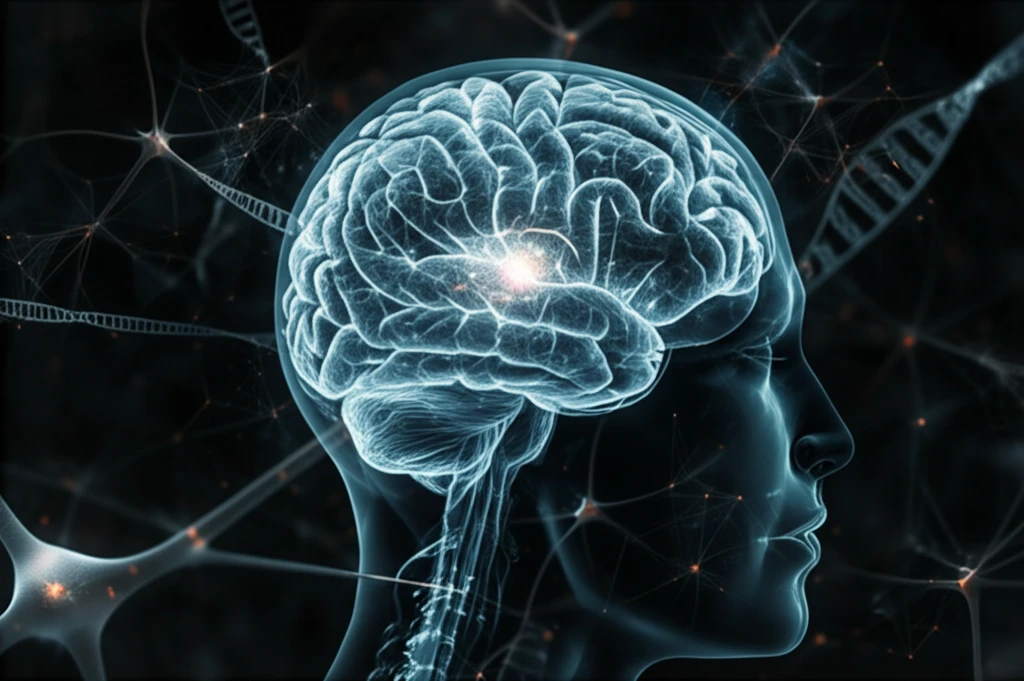
Decoding AIMP1 Mutations: How a Rare Genetic Mutation Sheds Light on Neurodevelopment
"Unraveling the complexities of a novel homozygous AIMP1 mutation and its subtle yet significant impact on neuroimaging and deep white matter preservation."
The human body is a complex tapestry woven from threads of genes, each playing a crucial role in our development and overall health. Among these genes, AIMP1 stands out for its involvement in essential cellular processes. Recent studies have focused on mutations within this gene and their surprising effects, particularly on brain development and function. This article delves into a specific discovery: a novel homozygous mutation of the AIMP1 gene and its associated milder neuroimaging phenotype, characterized by the preservation of deep white matter in the brain.
AIMP1, or Aminoacyl-tRNA Synthetase Interacting Multifunctional Protein 1, is a critical component of the multi-tRNA synthetase complex. This complex, comprised of nine catalytic and three non-catalytic proteins (AIMP1/p43, AIMP2/p38, and AIMP3/p18), is fundamental in various signaling pathways and functional protein synthesis. The AIMP1 protein itself is multifunctional, exhibiting both cytokine and tRNA-binding activities, highlighting its diverse roles within the cell.
While AIMP1's importance is well-established, mutations in this gene have been linked to neurodegeneration and leukoencephalopathy. Previous research has documented severe cases, such as those reported by Feinstein et al., where affected individuals experienced rapid hypomyelination, severe developmental delays, and intellectual disabilities. However, a recent study sheds light on a milder presentation of AIMP1 mutation, offering new insights into the spectrum of effects this gene can have on neurological development.
What This AIMP1 Mutation Reveals About Brain Development

A recent study, led by researchers Ahmed BoAli, Kalthoum Tlili-Graiess, and colleagues, investigated six members of a large consanguineous family who presented with developmental delays, progressive microcephaly, epilepsy, and failure to thrive. Through detailed clinical evaluations, molecular genetics analyses, and neuroimaging studies, the researchers uncovered a novel homozygous mutation in the AIMP1 gene: c.917A>G (p.(Asp306Gly)).
- Clinical Presentation: Patients showed developmental delays, progressive microcephaly, epilepsy, and failure to thrive.
- Neuroimaging: Callosal atrophy and T2 hyperintensity in superficial white matter were observed, but deep white matter was preserved.
- Genetic Findings: A novel homozygous mutation c.917A>G (p.(Asp306Gly)) was identified in all affected individuals.
Implications and Future Directions
This research not only expands our understanding of AIMP1-related disorders but also highlights the complex relationship between genotype and phenotype in neurological conditions. Identifying this milder phenotype allows for more accurate diagnoses and potentially tailored interventions for affected individuals. By recognizing the specific neuroimaging characteristics associated with this mutation, clinicians can better predict the course of the disorder and provide appropriate support and management strategies.
